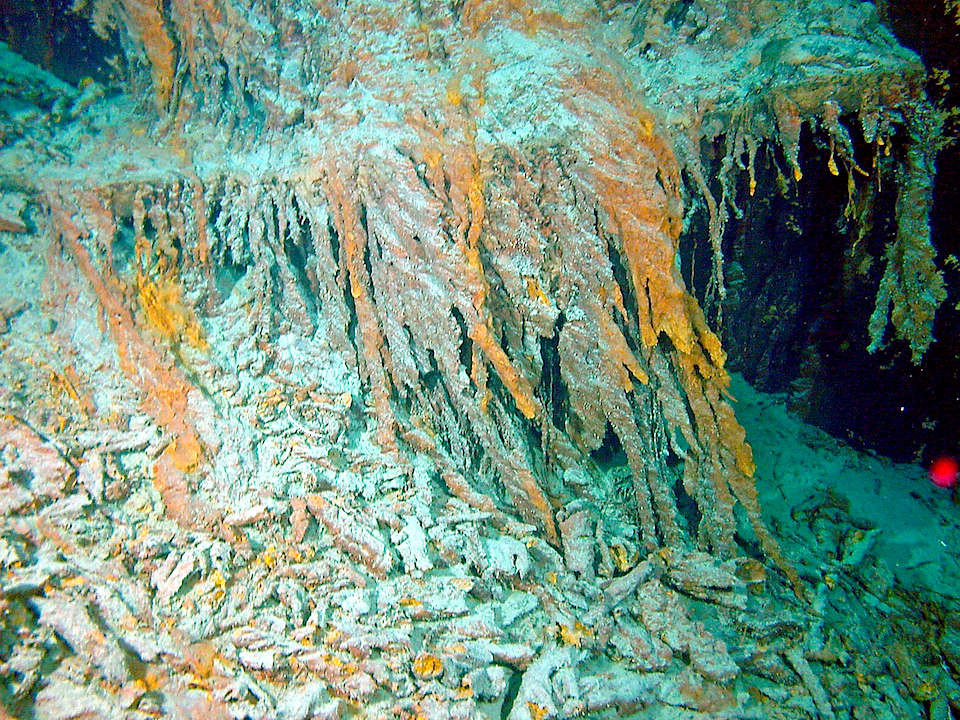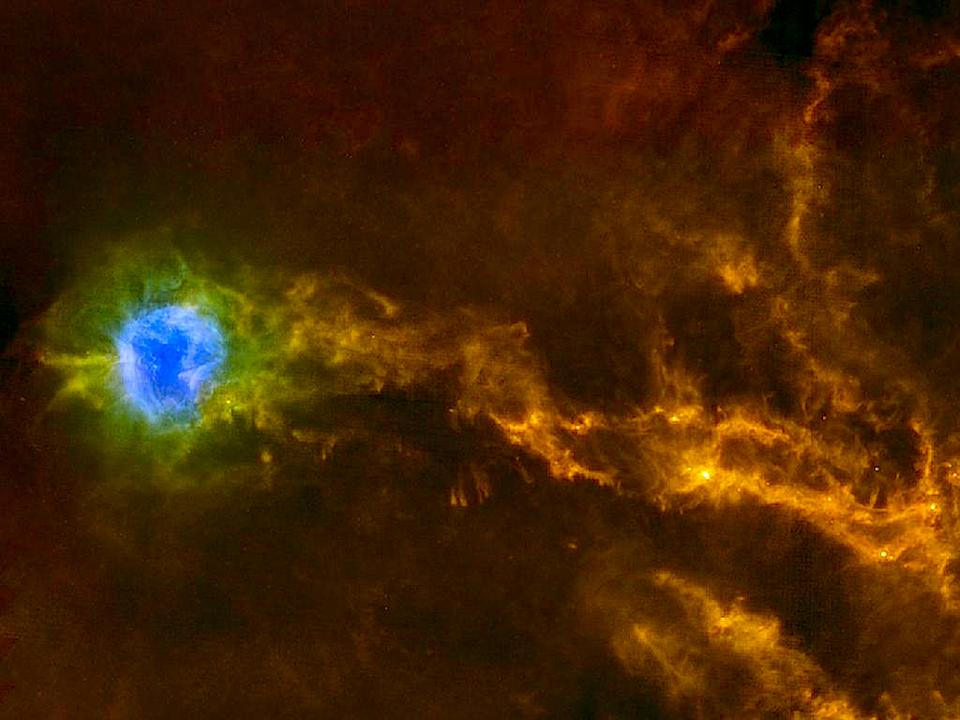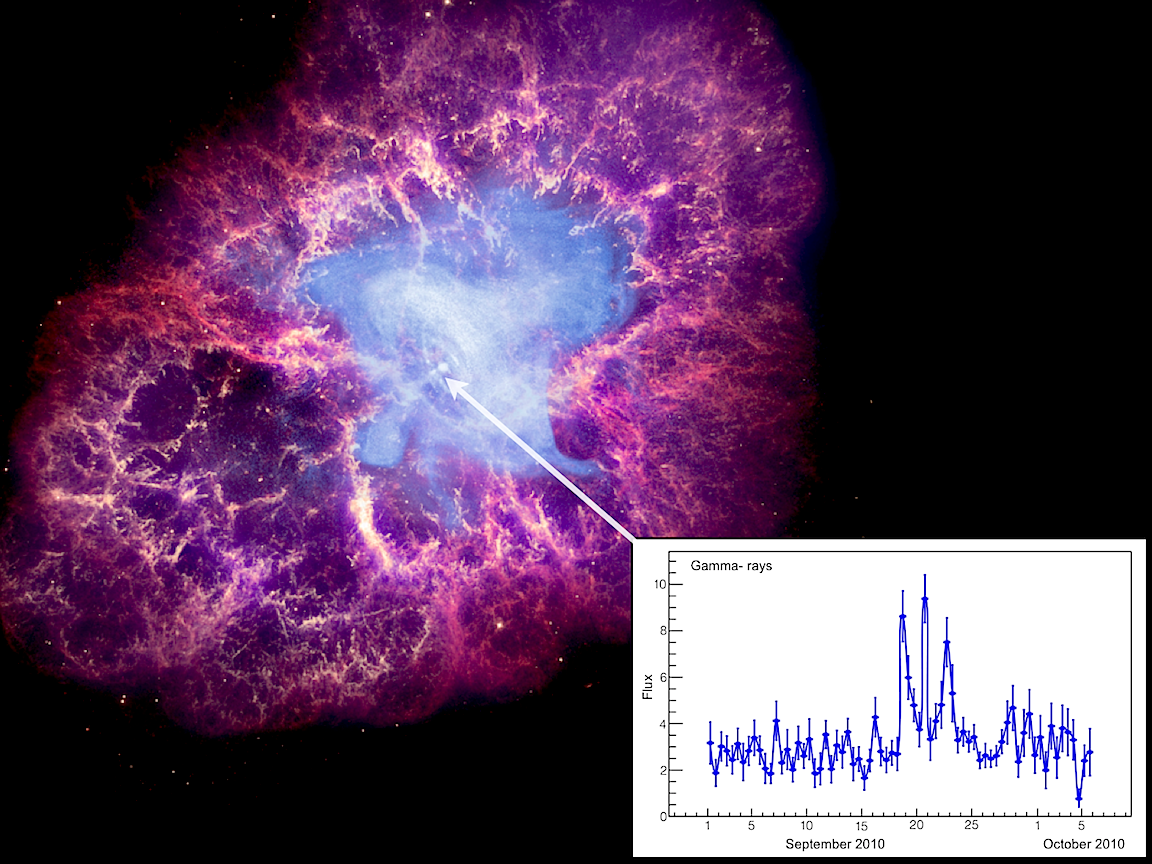Category: Picture of the Day
A picture and essay from the perspective of the Electric Universe.
The Book of Nature and the Nature of Books

Original Post January 21, 2015 “The Book of Nature” is a metaphor. In science, metaphors are usually passed over as mere embellishments of language. The metaphor is expanded into “the Book of Nature is written in the language of mathematics,” and then scientists turn away from embellishments and get…
How You Know

Original Post January 16, 2015 Another epistemological tour de force. Probable, Possible, my black hen, She lays eggs in the Relative When. She doesn’t lay eggs in the Positive Now Because she’s unable to postulate how. — The Space Child’s Mother Goose By Frederick Winsor People don’t pay much attention…
Plasma in the Ice Age

Left: Bone pendant from Saint-Marcel (Argenton-Sur-Creuse, Indre, France) Right: Bone pendant from the Grotte Des Espélugues (Lourdes, Hautes-Pyrénées, France) Original Post January 6, 2015 Reproduced above are images of two engraved pendants made of reindeer bone, from prehistoric sites in France. Both objects are attributed to the Magdalenian culture, which subsisted…
Descartes’ Circular Reasoning

Original Post January 1, 2015 By what physical mechanism do planets and moons orbit around their larger hosts? Before Newton’s theory of gravity burst onto the scene, the so-called ‘vortex theory’ of the French philosopher René Descartes (1596-1650), first proposed in the 1630s, was much in vogue. Invoking experimental analogues…
Global Warming in the Ice Age
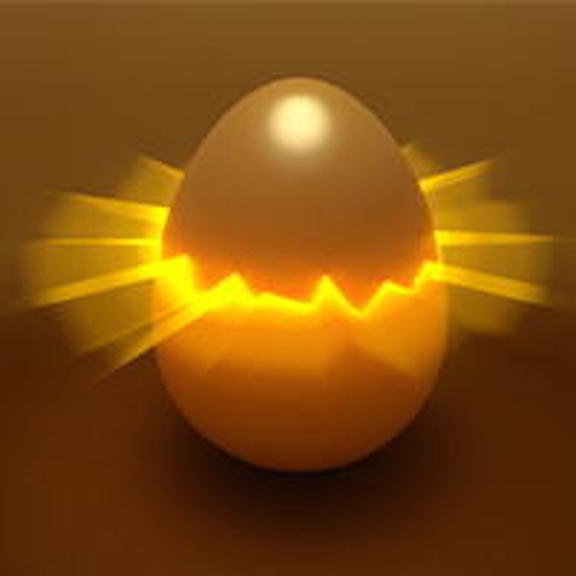
Original Post December 22, 2014 The melting of the glacial ice sheets in North America, Europe and elsewhere was a stochastic process. Long periods of slow melting alternated with bursts of accelerated melting. Between the Late Glacial Maximum and the early Holocene, global sea level rose by 100 to…
Cosmic Lightning
Super Flares
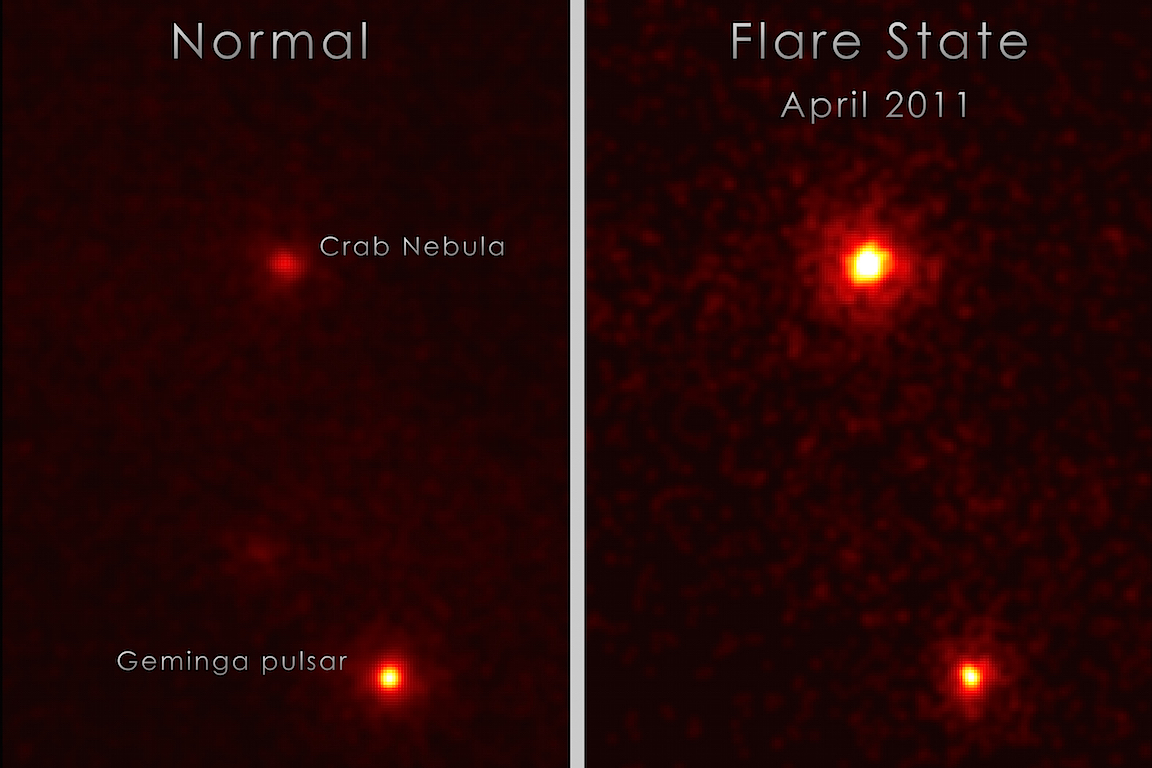
Original Post October 17, 2014 The Crab Nebula is surprisingly energetic. The Fermi Gamma-ray Space Telescope has detected several unidentified sources of intense gamma-ray emissions that are not seen in any other frequencies. NASA launched the telescope on June 11, 2008. Its primary mission is to detect high frequency…
I’m Singeing in the Rain

Original Post October 7, 2014 Ionic rain from Saturn’s rings. Saturn’s plasmasphere is an electrical environment, causing everything from dark-mode plasma discharges to lightning bolts that flash across the ring plane. When Cassini entered orbit around the giant planet, mission specialists were shocked to discover lightning of immense power, up to a million times more powerful…





